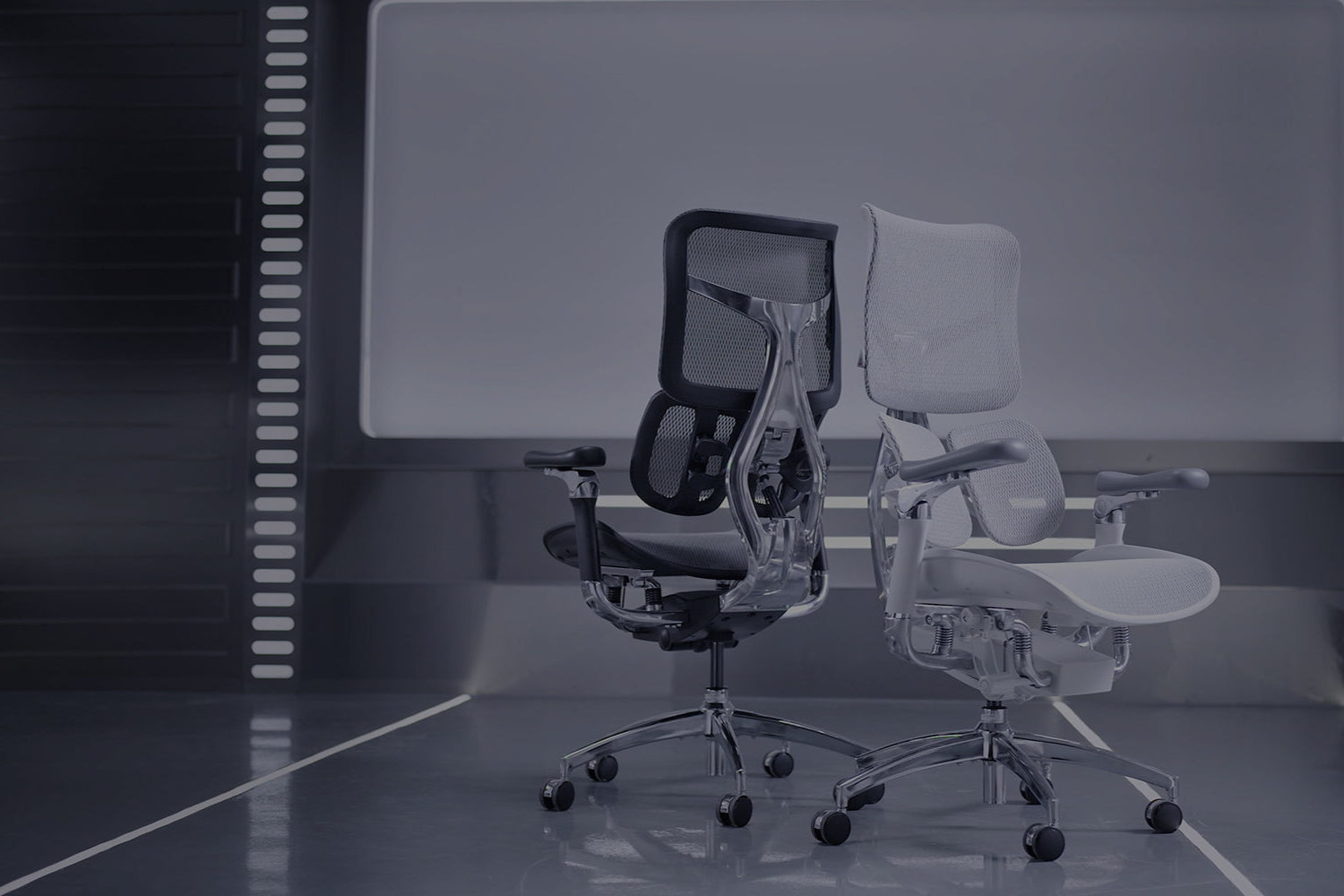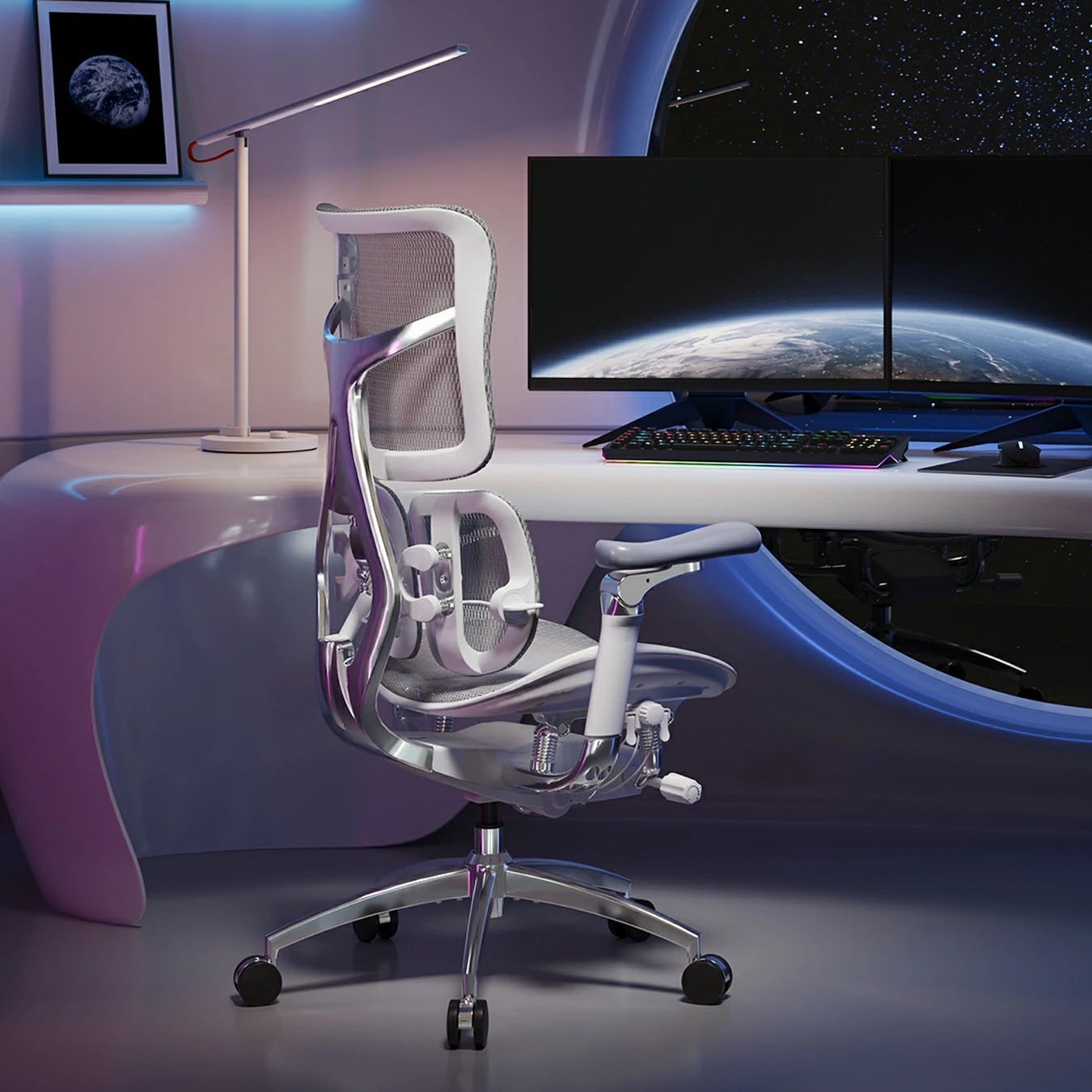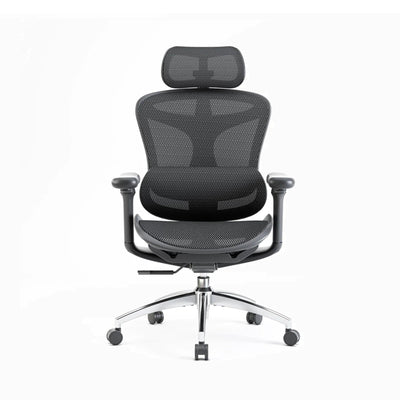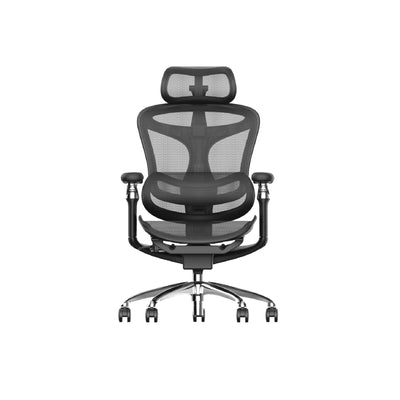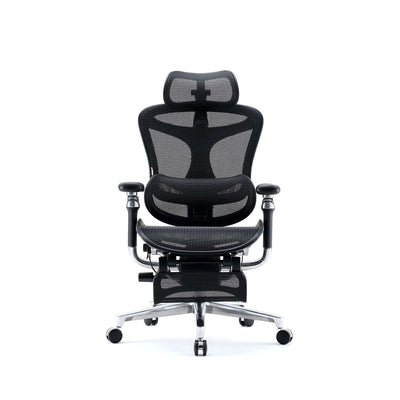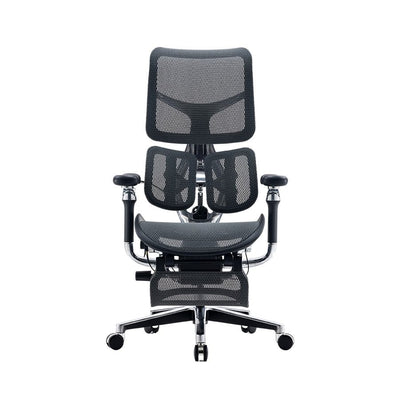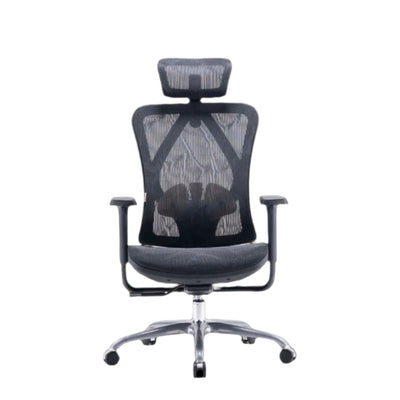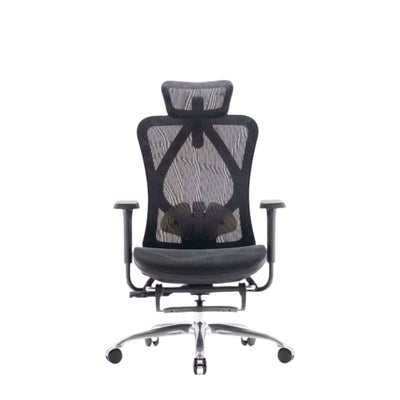
Many people experience back pain from sitting too long, especially when working or gaming. This discomfort often builds slowly but becomes hard to ignore. Fortunately, understanding why it happens and how to address it can make a big difference. Let's explore the causes, prevention strategies, and solutions on how to avoid backpain while sitting for long hours.
Why Back Pain From Sitting Too Long Is So Common
Back pain often develops when we stay in one position for extended hours. Sitting leads to muscle fatigue, stiffness, and poor circulation. Over time, you may experience pain that disrupts daily routines and productivity.
Moreover, many people sit at a desk without considering their posture. This habit can cause back pain in multiple areas of the body, particularly the lower back and spine. Addressing the root issues is essential for lasting relief.
How Sitting Too Long Affects the Spine
When sitting for too long, the lumbar spine and vertebra endure added pressure. This increased strain places stress on spinal discs and joints. The result may include stiffness or sharp pain in the back.
Additionally, sitting for long periods can weaken back muscles and core muscles. Without adequate support, the whole spine suffers, making discomfort worse over time. Movement and good alignment are critical.
The Link Between Back Pain and Poor Posture
Poor posture is a major factor behind back pain when sitting. When you slouch, your pelvis tilts incorrectly, and tension builds across the spinal curves. This misalignment adds stress to discs.
In addition, sitting in a slouched position for prolonged periods may cause increased strain. It can also contribute to neck pain and even numbness in the buttock or legs. Correcting these habits is vital.
Understanding Lower Back Pain From Sitting
The low back area is particularly sensitive. The lumbar region supports much of your body's weight while seated. Lower back pain when sitting often develops due to poor alignment.
Sometimes, this discomfort results from a herniated disc or degenerative disc disease. In both cases, the amount of pressure on the discs increases. Pain relief requires careful management and better posture strategies.
Low Back vs. Upper Back Pain When Sitting
Low back pain usually feels dull, spreading across the hips and buttocks. This can make daily movement difficult. However, upper back pain often involves stiffness near the shoulders or neck.
Interestingly, both forms of back pain from sitting share similar causes. They typically arise from bad posture, weak muscles, or pressure on spinal structures. Correct positioning can help ease both conditions.
Common Causes of Back Pain When Sitting
The most frequent causes of back pain are linked to alignment. Poor sitting posture increases stress across the spine and lumbar areas. In addition, being in one position too long often leads to tension.
Furthermore, back pain is caused by weakened glutes and overworked core muscles. When these groups fail to support the spine, discomfort grows. Simple adjustments can reduce the risk of recurring issues.
Why Your Back Hurts When You Sit Too Long
Many people ask, “Why does my back hurt when I sit?” The answer often involves herniated discs, strained ligaments, or weak muscles. Pressure builds when seated.
Also, working from home can make it worse. Limited movement, bad posture, and unsuitable furniture contribute to the problem. Over time, you may experience pain in the back and require targeted care.
Proper Sitting Position to Prevent Pain From Sitting
Maintaining proper posture is key. Always keep your back straight and feet flat on the floor. The right sitting position helps reduce strain on the spinal structures.
Additionally, adjust your chair height to maintain balance across the pelvis and hips. When you adopt good posture, the spine and lumbar are better aligned. This can reduce the risk of discomfort.
The Role of the Spine in Supporting Posture
The spine plays a central role in balance. Each vertebra contributes to strength and flexibility. However, poor alignment can strain joints and cause discomfort.
Moreover, the spinal curves must remain neutral. When disrupted, the risk of developing sciatica or lordosis increases. Supporting spinal health helps improve mobility and ease pressure on discs.
Ergonomic Solutions to Relieve the Pain
Using an ergonomic setup improves comfort and balance. Proper lumbar support cushions the spinal curves, reducing discomfort. Position monitors at eye level to encourage alignment.
Also, incorporating a standing desk may relieve the pain from prolonged sitting. This solution allows you to get up and move around at least every 30 minutes. Movement prevents stiffness.
Best Sitting Position for Lower Back Pain Relief
The best approach is keeping hips, knees, and shoulders aligned. A balanced sitting posture relieves pressure from the lumbar spine. This positioning helps you find relief faster.
Equally, keeping the back straight reduces strain on the back and spine. When you sit properly, you may experience less nerve pain and discomfort over time.
Stretches and Exercises to Relieve the Pain
Simple exercises to help strengthen your core can improve comfort. Try gentle twists or stretches to release tension. These target back muscles and aid flexibility.
Moreover, regular strengthening helps make your back stronger. When you strengthen your core, the spine specialist muscles function more effectively. This lowers strain on the discs.
Lifestyle Adjustments to Prevent Back and Spine Problems
Daily activity is essential for healthy living. If you sit for prolonged periods of time, incorporate breaks. Even short walks reduce pressure.
Additionally, balanced habits matter. Sleep quality, hydration, and regular activity reduce the risk of chronic discomfort. These habits support long-term spine care and overall health.
When to See a Doctor for Back Pain From Sitting
At times, back pain often persists despite adjustments. If you may experience pain lasting weeks or worsening, it's wise to see a doctor.
Specialists at a medical center or spine center can diagnose conditions like sciatica, sciatic nerve irritation, or spinal stenosis. Sometimes called spinal stenosis, this issue requires proper treatment.
How to Relieve the Pain Naturally at Home
You can use simple strategies for pain relief. Heat packs relax tight muscles, while ice reduces swelling. These approaches are safe to try first.
Additionally, over-the-counter medication may help ease symptoms. Still, avoid habits that make it worse, such as sitting in poor positions. A combination of treatments often provides the best outcome.
Choosing Ergonomic Furniture to Support a Healthy Spine
The right furniture helps maintain balance. An ergonomic chair in Australia with adjustable settings offers tailored comfort. Proper back support prevents strain and encourages better alignment.
Also, investing in quality seating improves long-term wellbeing. Ergonomic setups help reduce the risk of ongoing issues and encourage healthier spine care habits.
Ergonomic Chairs for Back Pain Relief (Commercial Angle)
SIHOO's ergonomic office chairs and gaming chairs are built with posture in mind. Each chair features lumbar support, breathable materials, and adjustable designs. These features help maintain balance during prolonged periods of work or play.
Furthermore, the chairs are designed to support the spine and promote lasting comfort. Perfect for working from home, studying, or gaming, they provide solutions to everyday challenges. With sustainable materials and rigorous testing, SIHOO helps Australians stay productive and comfortable.

